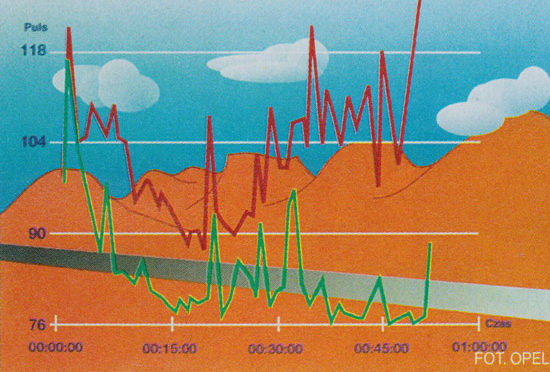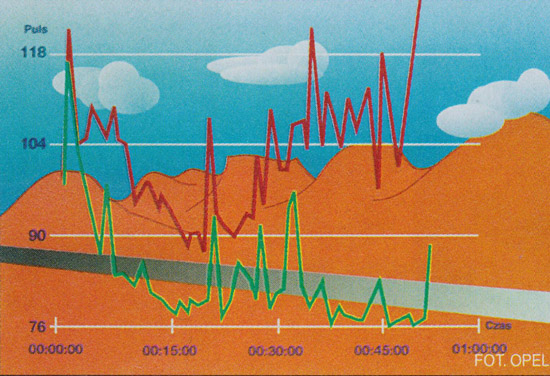Who among us does not know the torment of being in a hot car, standing in a traffic jam by the mercilessly scorching sun. Open windows and a blower on do not bring any relief, and street noise and exhaust fumes lead to passion. This situation can be changed, when buying a vehicle with air conditioning.
Human labor productivity, his concentration, as well as the speed of physical and mental reactions are directly dependent on the temperature and humidity of the environment, We feel best in the summer season, we work most efficiently and we are the least tired in an environment with a temperature of 21-25 ° C and relative humidity 40-60%.
Taking into account the small capacity of the car cabin, minimum freedom of movement for driver and passengers, limited possibilities of heat transfer by some parts of the torso (in contact with clothing and the chair) and strong heating of the body by solar radiation was found, that the optimum temperature in the car should not exceed 24 ° C, but it should also not be below 19 ° C. In cars equipped only with conventional ventilation, temperatures may be 5-15 ° C higher than the ambient temperature (solar radiation has a great influence). Only then is it possible to effectively cool the interior, when the outside air temperature does not exceed 15 ° C!
Measurements of the temperature distribution in the truck cabin on a sunny day at an ambient temperature of 30 ° C were carried out (in the shade) confirmed the dramatic deterioration in the driver's thermal comfort. After one hour of driving, temperatures in the driver's head area exceeded 40 ° C, In the air-conditioned cabin in this zone, the temperature was 23 ° C. Moreover, the beneficial effect of air-conditioning was to keep the temperature in the leg area slightly warmer.
By collecting the necessary data, both scientists and people undergoing medical tests, they often find their way to the roads of Africa or the legendary Death Valley in the USA.
presents changes in the pulse frequency of a person traveling through Death Valley in a car without air conditioning (red line) and with air conditioning (green line). A few minutes after starting a journey, the rapidly falling temperature inside an air-conditioned car stabilizes the pulse, whose mean value is 83,4 beats per minute. In the hot interior of a car without air conditioning, the driver is more prone to fatigue, and his pulse hovers around 100 beats per minute, reaching even occasionally dangerous values for the body 125 strokes! A long journey in an overheated interior is therefore dangerous, above all, for people suffering from cardiovascular disorders and heart defects.. It is also dangerous for healthy people, because it contributes to an increase in body temperature (even up to approx. 39°C!) and inferior oxygen supply to the brain. It leads to hyperactivity and stress, weakening of perceptiveness and reaction to external stimuli and to quick fatigue.

